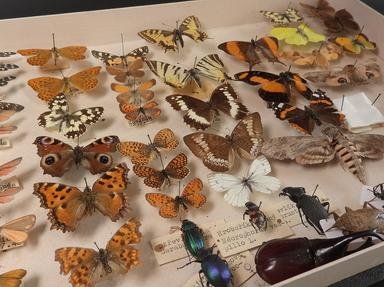Quiz Answer Key and Fun Facts
1. Why are camel crickets named after camels?
2. Which of these is NOT true of camel crickets?
3. Which of these is NOT another name for camel crickets?
4. What family are camel crickets in?
5. Camel crickets like which two things in their habitats?
6. What is a baby camel cricket called?
7. How do camel crickets affect humans when they come into houses?
8. Where does the camel cricket subfamily Hadenoecus live?
9. Fill in the blank: Tachycines asynamorous is the scientific name for the ___________ camel cricket.
10. If all else fails, what will camel crickets eat?
Source: Author
zebra101
This quiz was reviewed by FunTrivia editor
crisw before going online.
Any errors found in FunTrivia content are routinely corrected through our feedback system.
